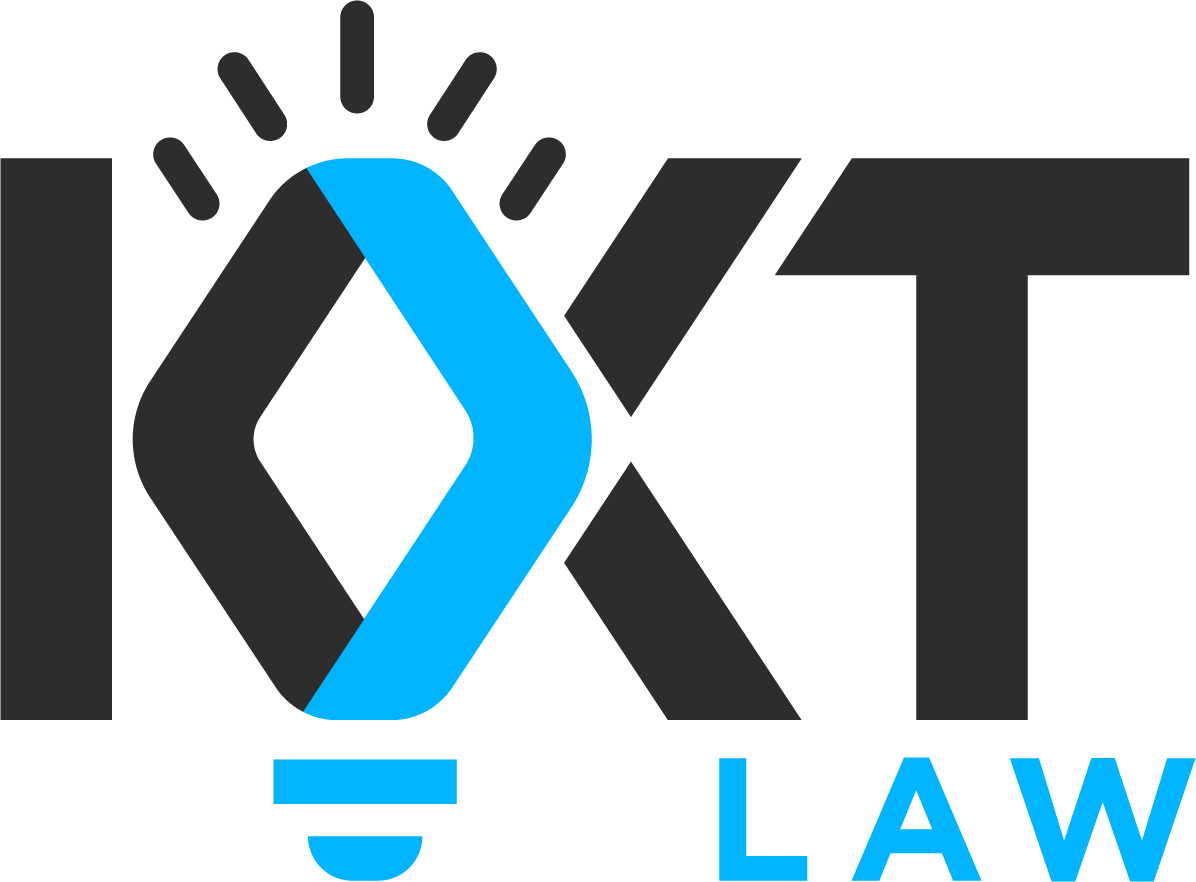By Karineh Khachatourian and Haley Sinfield (September 25, 2025)
This article is part of a monthly column that examines emerging artificial intelligence legal trends and strategies for responsible, high-impact adoption. In this installment, we discuss ways in which AI can be used to empower, rather than replace, the next generation of lawyers.
In a move that sent ripples through the legal community, Microsoft Corp. laid off a number of attorneys in July. The rationale? A shift in departmental needs, with many speculating that the decision was largely attributed to the growing integration of artificial intelligence.
The broader message is unambiguous: AI is transforming legal operations, and junior roles may be among the first casualties.
Understandably, this has raised the alarm among law students and early-career attorneys. Is AI rendering entry-level legal work obsolete? Are we witnessing the erosion of foundational training and mentorship? These concerns are valid — but they need not define the future.
Layoffs spurred by AI adoption may achieve short-term efficiency, but this mindset risks overlooking something far more important: the enduring value of human judgment, ethical discernment and curiosity. These are qualities AI cannot replicate. The legal profession should see this as a call to innovate, not retreat.
Rather than eliminating junior roles, firms and institutions must reimagine them — shifting toward guided, tech-enabled development. As AI-generated errors like hallucinated case law and faulty citations make headlines, it’s evident these tools require human oversight, not human replacement.
Legal educators and firms must prioritize AI fluency and ethical competency — not to phase out new attorneys, but to prepare them for leadership in an AI-integrated profession.
Rethinking AI as a Catalyst, Not a Replacement
While AI is becoming increasingly adept at handling tasks once reserved for junior attorneys — e.g., contract review and drafting — this doesn’t have to signal the end of early legal training. Instead, it can offer a transformative opportunity: to reimagine how new lawyers learn, grow and contribute.
Much like the internet once democratized access to legal knowledge, generative AI can serve as an interactive tutor. It can help junior lawyers break down complex precedent, suggest relevant rules and draft arguments — all in real time. Used appropriately, it can enhance critical thinking by prompting deeper engagement with legal materials, encouraging analysis and iteration rather than passive acceptance.[1]
Moreover, AI can help level the playing field. Junior attorneys at smaller firms or in resource-constrained settings can now access tools and insights once limited to large firms. The profession stands at the edge of a new era — one where AI expands both capability and access.
The key is to reframe AI not as a shortcut, but as a springboard for deeper learning and accelerated development.
Here are some specific, concrete ways that junior attorneys can use AI as a learning tool.
Issue Spotting
Junior attorneys can provide a large language model with a hypothetical fact pattern and ask it to identify potential legal issues to verify that the attorney considered them all. The attorney can compare their own output with the LLM’s suggestions to spot gaps in reasoning or structure.
Contract Clauses
After they practice drafting contract clauses, junior attorneys can then ask any LLM to suggest improvements or highlight missing elements — again, comparing their own output with that of the LLM.
Cross-Examination Prep
Junior attorneys can test how to frame leading vs. open questions by asking LLMs to suggest examples of both, and learn the difference through these illustrations.
Editing for Tone
Junior attorneys can learn how to adjust writing for different audiences by asking LLMs to provide examples of the same message with different tones — e.g., for clients, partners and the court — to learn the difference through illustration for future writing tasks.
Brainstorming
Junior attorneys can use LLMs to generate alternative arguments or possible counterarguments to verify they have thought of them all.
Checklists
LLMs can generate checklists for specific tasks to help guide the junior attorney through, for example, diligence for transactions or the administrative steps necessary for litigation, trademark and patent filings.
Reviewing Drafts
Junior attorneys can ask the LLM to review their first draft and make suggestions or provide feedback before sending it to the managing attorney.
On-Demand Clarification
Junior attorneys can ask LLMs more basic questions — e.g., about terminology, procedure or formatting — reducing the fear of bothering senior lawyers.
Empowering, Not Replacing, Mentorship
AI also presents an opportunity to rethink how we mentor and develop legal talent. Traditionally, training junior attorneys has required a significant time investment from senior lawyers — reviewing drafts, case law and walking junior attorneys through legal strategies. While essential, this level of oversight often limits bandwidth for strategic work and client engagement.
AI can ease this burden by offering junior lawyers immediate, structured feedback on tasks like issue-spotting, analysis and drafting. This allows senior attorneys to focus on higher-level
coaching and professional development, rather than repetitive corrections.
The result is a more scalable and responsive mentorship model — one that fosters independent thinking while preserving the human guidance that is core to legal training. Here are some specific, concrete ways that senior attorneys can mentor junior attorneys using AI.
Courtroom Preparation
Senior attorneys can simulate opposing counsel’s arguments or judges’ questions in seconds with LLMs, and coach junior attorneys through their responses to these LLM-generated mock exercises.
Encouraging Autonomy
Senior attorneys can show junior attorneys how to use LLMs like ChatGPT responsibly — as a first step in research or drafting — while reinforcing the importance of human judgment
and verification.
By modeling effective use of AI tools, senior attorneys can demonstrate how to craft precise prompts to extract useful insights from an LLM, showing junior attorneys how to frame questions, test assumptions and refine outputs. This teaches not only how to use the tool, but also the habits of clarity and critical inquiry.
Comparative Draft Reviews
Senior attorneys can generate an LLM draft alongside a junior attorney’s draft and then review them together. This side-by-side comparison highlights strengths, gaps and stylistic choices, turning the LLM into a neutral third voice that sparks targeted feedback.
Customized Drills
Senior attorneys can ask LLMs to generate exercises that match a junior attorney’s strengths and weaknesses, e.g., brevity practice for wordy writers.
Spotting Errors Together
A senior attorney can review an LLM-generated draft with a junior attorney to highlight inaccuracies, overgeneralizations or missing nuances. This builds the junior attorney’s critical eye and reinforces that AI outputs must always be checked against law and context.
Scenario Testing and Strategy Discussions
Mentors can use LLMs to spin up what-if scenarios — e.g., alternative arguments, procedural variations or negotiation tactics — and then guide junior attorneys in evaluating the strengths and weaknesses. This develops judgment and teaches how to anticipate counterarguments.
Freed-Up Mentor Time
By offloading routine explanations and mechanical practice to LLMs, senior attorneys can deliberately use their mentorship time for what only they can provide: coaching on client management, courtroom presence, negotiation strategy and professional ethics.
Building a Future-Ready Legal Workforce
The central question isn’t whether AI will reshape legal work, because it already has. The real question is whether the next generation of attorneys will be empowered to use AI strategically, ethically and effectively to become stronger lawyers faster.
To do so, the profession must shift its mindset. Entry-level legal work shouldn’t disappear; it should evolve. With thoughtful integration, AI can enhance — not undermine — training, mentorship and access.
Layoffs may be a warning sign, but they do not have to define the industry’s future. If embraced wisely, AI can help cultivate a more agile, experienced and innovative legal workforce ready to lead in a rapidly changing world.
Karineh Khachatourian is a managing partner and Haley Sinfield is an associate at KXT Law.
The opinions expressed are those of the author(s) and do not necessarily reflect the views of their employer, its clients, or Portfolio Media Inc., or any of its or their respective affiliates. This article is for general information purposes and is not intended to be and should not be taken as legal advice.
[1] Proceed with caution, however. If students or practitioners treat the output as a substitute for their own reasoning, rather than as a springboard for deeper inquiry, they risk bypassing the very process of evaluation, synthesis and judgment that critical thinking requires. Copying suggested arguments, analyses or summaries without questioning their accuracy, tailoring them to the specific legal context, or cross-checking with authoritative sources can erode critical thinking, a necessary skill for attorneys
